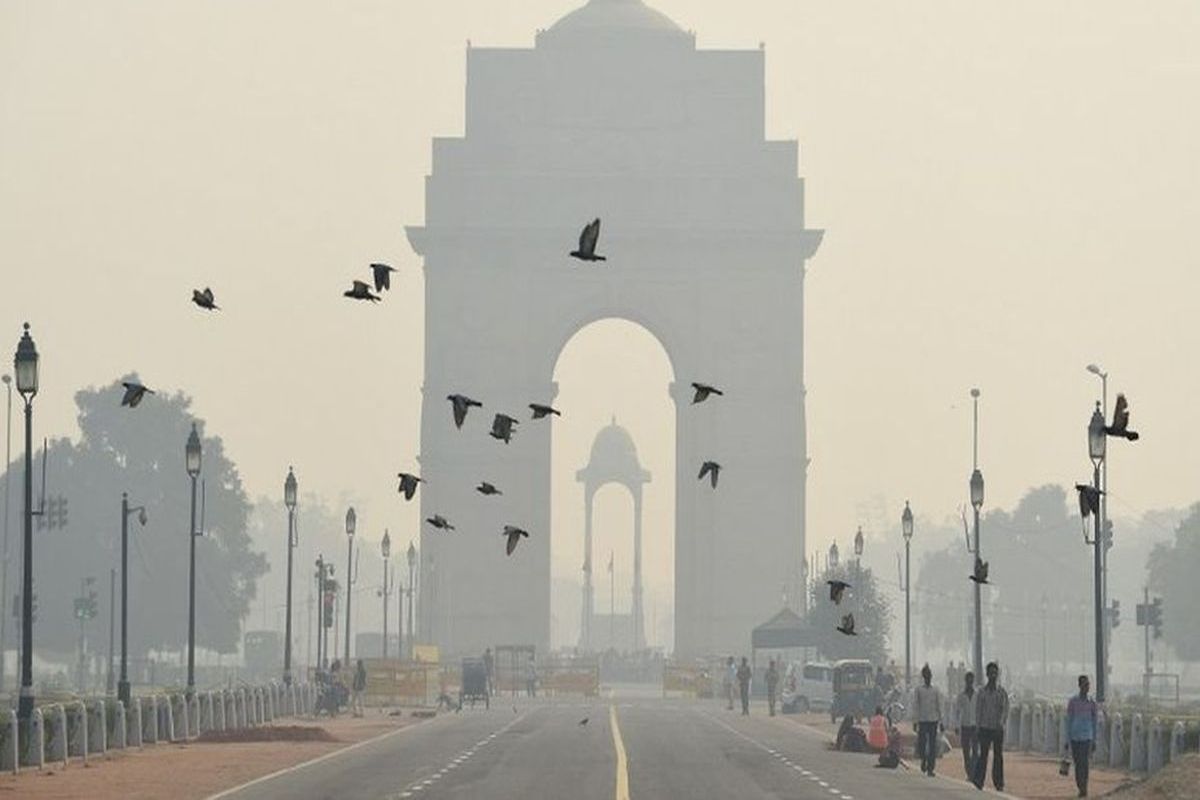With the air quality remains to be in the ‘severe’ category, the city is finding it difficult to breathe. The stubble burning in Punjab and Haryana reached peak this season extending the toxic air in the national capital.
According to Safar India, the overall air quality in the city continued to be in the severe category with an Air Quality Index (AQI) of 412.
Advertisement
The stubble fire counts in Punjab and Haryana increased from previous day’s 1,057 to 2,396, as is evident from SAFAR multi satellite product.
The calm surface wind prevailing over the last two days over Delhi has led to strong surface nocturnal inversion and accumulation of pollutants.
The stubble fire percentage contribution to Delhi’s air quality which touched the season’s highest share on Wednesday was 35 per cent, is predicted to be 27 per cent on Thursday and 25 per cent on Friday.
According to Safar India, the transport-level wind direction is forecast to be Northwesterly for the next three days and favourable for plume transport.
An increase in surface wind speed is expected by Thursday when AQI is forecast to slightly improve.
A fresh western disturbance with a trough between 3.1 & 3.6 km above mean sea level runs roughly along the Afghan-Pakistan border as of Thursday. It will approach northwest India by Saturday.
The Western disturbance is likely to influence Delhi’s air quality positively. An improvement to the lower end of the very poor category is expected by November 2.
(With inputs from IANS)
















